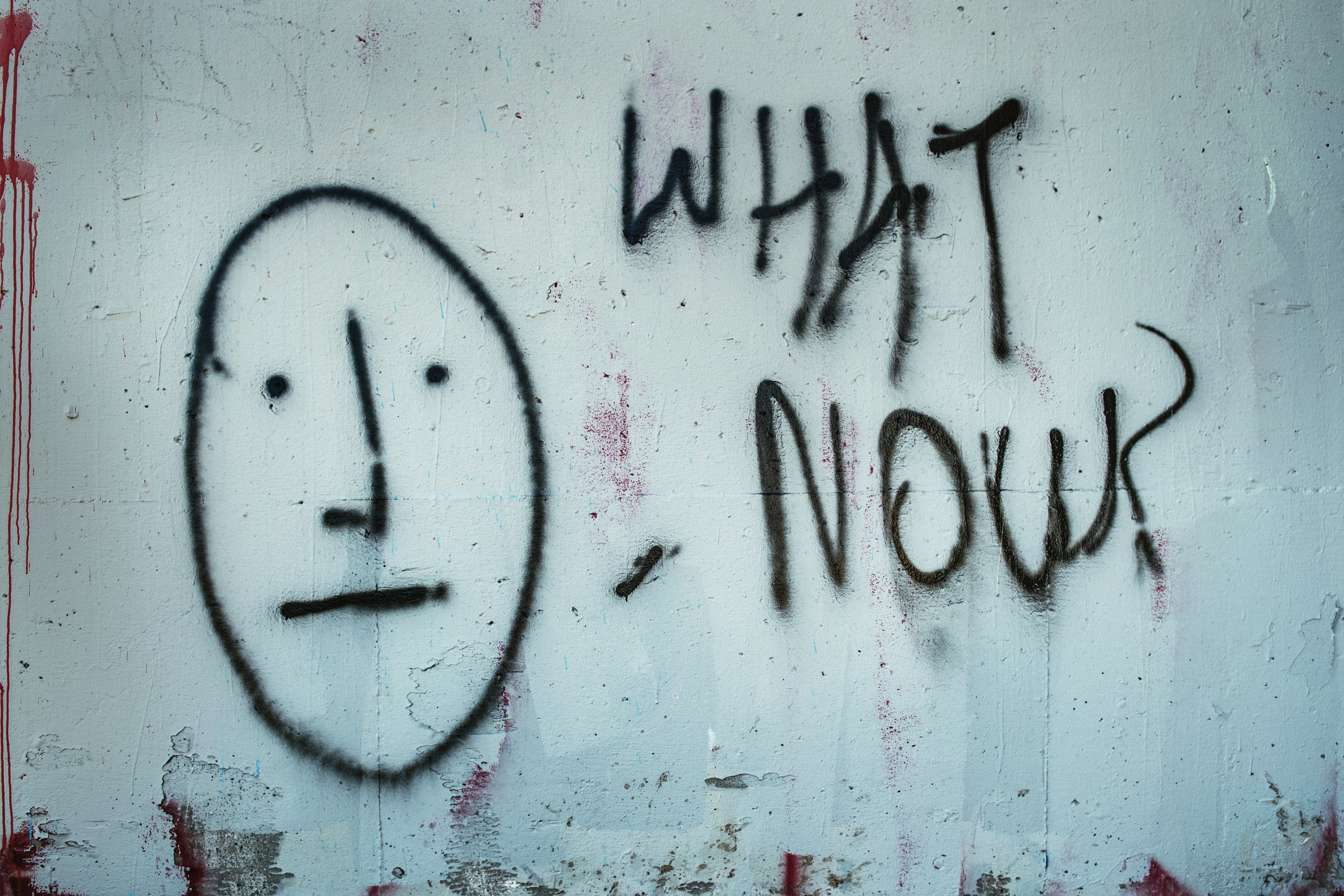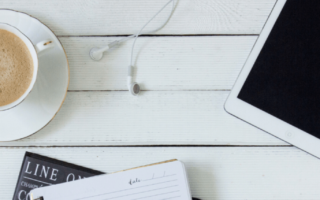With COVID-19 measures easing, some countries have begun to allow air travel once again. This makes for an especially interesting time to travel, given that COVID-19 cases are as high as they’ve ever been. According to WorldMeter, a website that pulls COVID-19 statistics from a series of government and health-related websites, there were 31 million cases worldwide on the 22nd of September, 2020. Therefore, if you plan to travel, you should know what to do if you experience COVID-19 symptoms while travelling.

Risks and Symptoms
First, you should understand early warning signs that may suggest you have COVID-19. According to the Centers for Disease Control (CDC), the presence of a COVID infection is gradual and easily noticeable but also can be confused with other conditions such as allergies or the common flu. Either way, be on the lookout for the following signs and COVID-19 symptoms while travelling:
- Fever
- Fatigue
- Dry cough
- Body aches
- Shortness of breath
Each of these symptoms may begin within two to 14 days after coming into contact with an infected person or surface. Less common symptoms may include a sore throat, chills, loss of smell or taste, congestion, and even diarrhoea. More severe symptoms may include:
- Trouble breathing
- Constant pain in the chest
- Blue lips and/or face
- Loss of smell/taste
- Sudden confusion
If you experience any more severe symptoms, you should immediately contact the local emergency services and tell them you suspect you have COVID-19 and explain why. Aside from looking out for symptoms, there are several things you can do to prevent infection in the first place.
Prevent Infection While Traveling
The best advice would be to not travel, yet that may not be realistic for you. If you must travel, then bring along plenty of disposable face masks as they can reduce the chance of infection by preventing the spread of droplets when you cough or sneeze. The use of face masks is also widely supported by the likes of the CDC and other health-related institutions such as Johns Hopkins.
Aside from masks, you can also plan for travel that is more secluded from others. If possible, try to sit away from other travellers and wash your hands often. Currently, the World Health Organization suggests maintaining a distance of 3 meters from others, while some studies suggest that COVID-19 can live in the air up to 13 feet or more from the infected person.
What to Do Before Traveling
Now that you know what are the COVID-19 symptoms while travelling and know to wear a mask, you should prepare a plan before travelling. You should first find the emergency services contact information for the area you’ll be travelling to. For instance, not every country has the same emergency services phone number. In other circumstances, some countries may have plenty of people who speak your language, and others may not. It may be a good idea to write down a few phrases in the native language. For example, you could find out how to say, “I believe I have COVID-19.” In that case, a simple phrase could make a difference.
You should also create a plan in case you do experience symptoms or contract COVID-19. For example, besides emergency services, you may also want to contact family or loved ones. You should also make sure you have access to accommodations and money to quarantine for up to 21 days in case you do get COVID-19 symptoms while travelling.
What to Do While Traveling
So, even with all those precautions, what if you still notice symptoms similar to COVID-19 while travelling, then what? The first step is to isolate yourself. Let’s say you are in a crowded market looking for a good deal in a foreign country. Then suddenly it hits you: You’ve had a mild fever and dry cough that has lasted the entire day. Now is the time to put on a face mask and get to a less crowded area. If you’re travelling with others, you should inform them of this as well. Try to maintain a safe distance from those you’re travelling with and leave the area.
Next, you’ll need to notify the authorities. Even if you end up not having COVID-19, it’s still important to get tested. Call the local emergency services number and tell them you are experiencing symptoms similar to COVID-19. From that point on, your mileage may vary. Some countries may have a strict protocol if you have COVID-19 symptoms while travelling, while others may not. If you’re in a more developed nation, you’ll be told to stay there, and emergency services will come to pick you up. You’ll likely be put into a specially made and isolated environment until your test comes back. If you do have COVID-19 but are not at risk and aren’t experiencing severe symptoms, then you’ll likely need to quarantine for 14 to 21 days. This may be troubling and put a burden on you. Just remember it will soon be over and don’t turn to a substance like alcohol for relief. In many cases, substance abuse will only make the matter worse. If you believe you have a substance abuse problem, then click here now.



Very useful
Praying to Almighty that this pandemic ends with this 2020
Wow, amazing blog layout! How long have you been blogging for?
you made blogging look easy. The overall look of your web site is excellent,as well as the content.
I’m really enjoying the design and layout of your blog. It’s a very easy on the eyes which makes it much more pleasant for me to come here and visit more often. Did you hire out a designer to create your theme? Fantastic work!
First of all I would like to say superb blog! I had
a quick question which I’d like to ask if you don’t mind.
I was curious to know how you center yourself and clear your head prior to writing.
I have had trouble clearing my mind in getting my thoughts out.
I truly do enjoy writing however it just seems like the first 10 to 15 minutes tend to
be lost just trying to figure out how to begin. Any suggestions or hints?
Thanks Maria
Great looking website. Assume you ddid a great deal of your
ery own coding.
Hello to every one, since I am genuinely keen of reading
this website’s post tto be updated regularly.
It carries nice data.